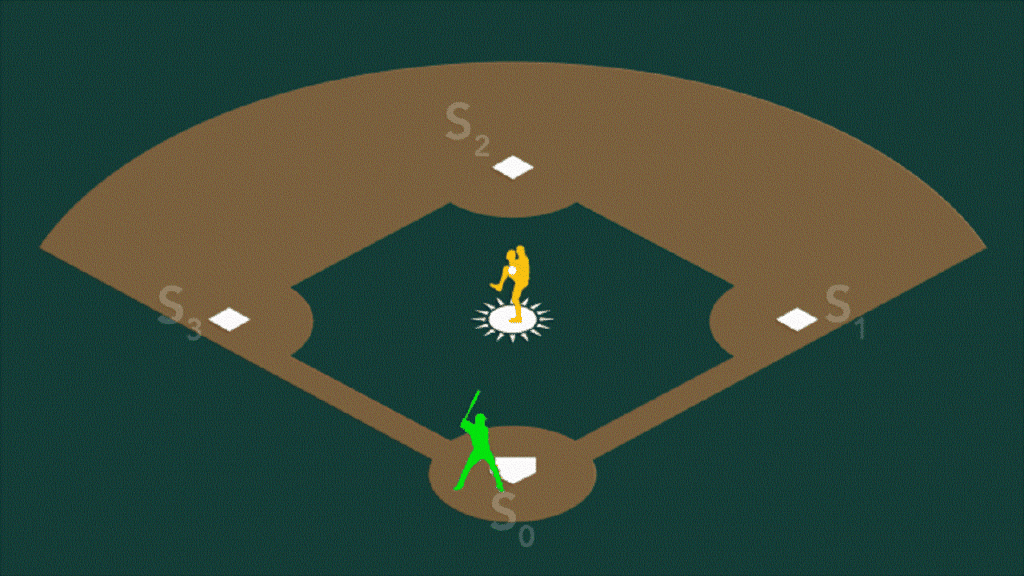After decades of effort and help from SLAC’s X-ray laser, scientists have finally seen the process by which Nature creates the oxygen we breathe.
Photosynthesis is essential in shaping and supporting life on Earth, yet many aspects of the process remain unknown. One such mystery is how Photosystem II, a protein complex found in plants, algae, and cyanobacteria, captures sunlight energy and uses it to split water, producing the oxygen we breathe.
Researchers from the Department of Energy’sEnergy’s SLAC National Accelerator Laboratory and Lawrence Berkeley National Laboratory, along with collaborators from Uppsala University, Humboldt University, and other universities, have discovered an important Photosystem II secret.
They captured the final minutes leading up to the release of breathing oxygen in atomic detail for the first time using SLAC’sSLAC’s Linac Coherent Light Source (LCLS) and the SPring-8 Angstrom Compact free electron LAser (SACLA).
The findings, which were published in Nature Today, give light on how Nature has optimized photosynthesis and are helping scientists develop artificial photosynthetic systems that replicate photosynthesis to gather natural sunlight and convert carbon dioxide into hydrogen carbon-based fuels.
Co-author Jan Kern, a scientist at Berkeley Lab, said, “The more we learn about how nature does it, the closer we get to using those same principles in human-made processes, including ideas for artificial photosynthesis as a clean and sustainable energy source.”
This video explains how, in a recent article, researchers were able to detect two important processes in photosynthetic water splitting in natural conditions, which is a significant step toward understanding how the process works in detail.
Co-author Junko Yano, also at Berkeley Lab, said, “Photosystem II is giving us the blueprint for optimizing our clean energy sources and avoiding dead ends and dangerous side products that damage the system. What we once thought was just fundamental science could become a promising avenue to improving our energy technologies.”
Photosystem II is a cluster of four manganese atoms and one calcium atom linked by oxygen atoms that allows a series of difficult chemical events to split apart a water molecule and release molecular oxygen.
When exposed to sunlight, the center cycles through four stable oxidation states known as S0 through S3. S0 would be the start of a baseball game when a player on home base is ready to bat. Players on the first, second, and third would be S1-S3. Every time a batter hits a ball or the complex absorbs a photon of sunlight, the field player advances one base. When the fourth ball is hit, the player slides into home, either scoring a run or releasing one molecule of breathable oxygen in the case of Photosystem II.
In their experiments, the researchers probed this center by exciting samples from cyanobacteria with optical light and then analyzing them with ultrafast X-ray pulses from LCLS and SACLA. The data revealed the atomic structure of the cluster and the chemical process around it.

Scientists have used X-rays to image the mad dash for home – the transient state, or S4, where two atoms of oxygen bond together and an oxygen molecule is released. The data showed that there are additional steps in this reaction that had never been seen before.
Co-author Uwe Bergmann, a scientist and professor at the University of Wisconsin-Madison, said, “Other experts argued that this is something that could never be captured. It’s going to change the way we think about Photosystem II. Although we can’t say we have a unique mechanism based on the data yet, we can exclude some models and ideas people have proposed over the last few decades. It’s the closest anyone has ever come to capturing this final step and showing how this process works with actual structural data.”
The research is the latest in a series conducted by the team over the last decade, which has focused on studying various stages of the photosynthetic cycle at the temperature that occurs in Nature.
Co-author Vittal Yachandra, a scientist at Berkeley Lab, said, “Most of the process that produces breathable oxygen happens in this last step, But several things are happening at different parts of Photosystem II, and they all have to come together in the end for the reaction to succeed. Just like how in baseball, factors like the location of the ball and the position of the basemen and fielders affect the moves a player takes to get to home base, the protein environment around the catalytic center influences how this reaction plays out.”
The researchers aim to carry out additional tests to capture more photographs of the photosynthesis process.
Kern said, “There are still things happening in between that we could not catch yet. We want to take more snapshots to bridge the remaining gaps and tell the whole story.”
They must raise the bar for the quality of their data to achieve this. They must raise the bar for the quality of their data to achieve this. Due to the samples’ weak X-ray signals and the slow pulse rates of current X-ray lasers like LCLS and SACLA, these measurements have historically been difficult.
Co-author and SLAC scientist Roberto Alonso-Mori said, “It took quite some effort to optimize the setup, so we couldn’t collect all the data we needed for this one publication in a single experiment. These results include data taken over six years.”
The repetition rate will increase dramatically from 120 pulses per second to as much as a million pulses per second when an LCLS upgrade termed LCLS-II goes online later this year.
The researcher said, “With these upgrades, we will be able to collect several days’ worth of data in just a few hours. We will also be able to use soft X-rays to understand further the chemical changes happening in the system. These new capabilities will continue to drive this research forward and shed new light on photosynthesis.”
Additionally, they will be able to use soft X-rays to understand further the chemical changes happening in the system.
This work was supported by the DOE Office of Science and the National Institutes of Health.
Journal Reference:
- Bhowmick, A., Hussein, R., Bogacz, I., et al. Structural evidence for intermediates during O2 formation in photosystem II. Nature. DOI: 10.1038/s41586-023-06038-z
